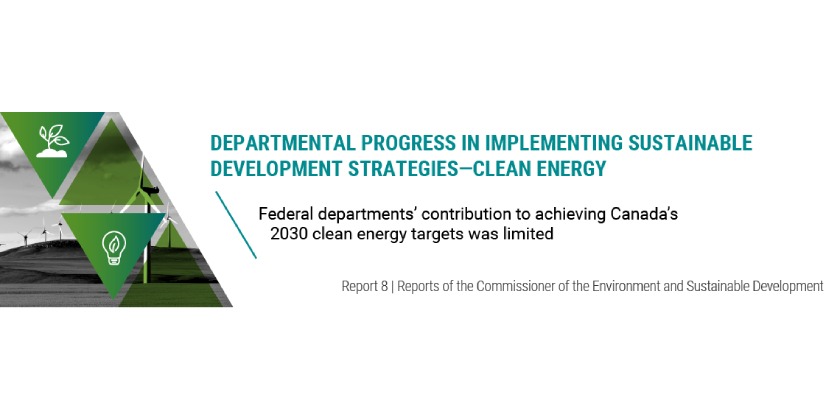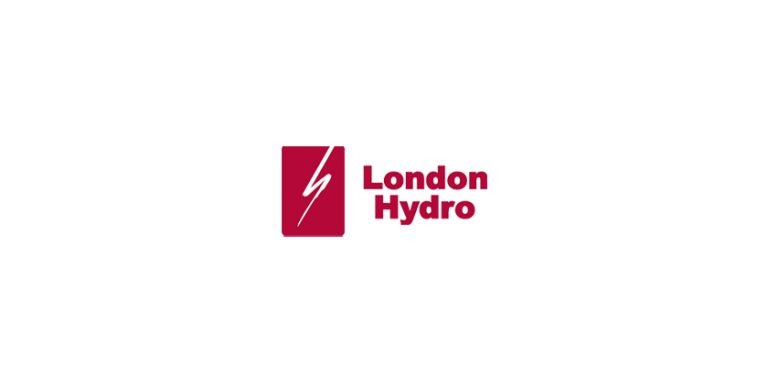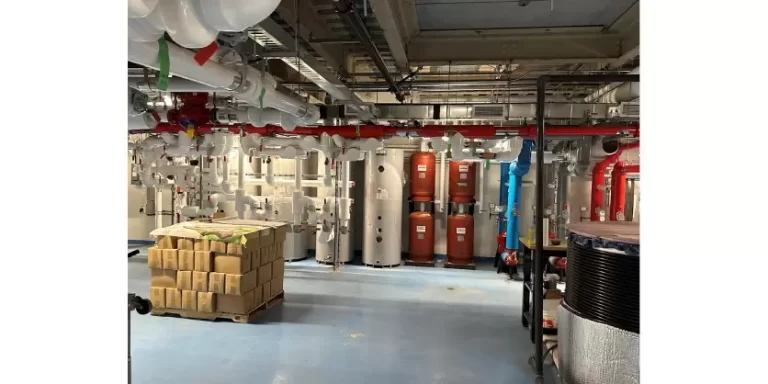Report: Federal Departments’ Contribution to Achieving Canada’s 2030 Clean Energy Targets was Limited

November 12, 2024
A report released by Commissioner of the Environment and Sustainable Development Jerry V. DeMarco concluded that Natural Resources Canada, Environment and Climate Change Canada, Crown‑Indigenous Relations and Northern Affairs Canada, and Indigenous Services Canada’s failure to fully execute their departmental plans limited their contribution to Canada’s clean power generation and energy efficiency targets in the Federal Sustainable Development Strategy.
Over 82% of the electricity produced each year in Canada is from renewable and non‑emitting sources. This leaves a gap of more than 7 percentage points toward reaching the target of 90% of electricity generated from renewable and non‑emitting sources by 2030. Significant acceleration is needed to meet the clean power generation target. As well, Canada is unlikely to meet its energy efficiency target by 2030 unless more aggressive action is taken by departments.
The audit also found that most of the reporting on progress by all 4 departments failed to clearly show how the reported results contributed directly to the federal targets. This left the federal government without a clear picture of its progress on clean power generation and energy efficiency targets.
“Generating cleaner power and improving energy efficiency are both key to reducing Canada’s greenhouse gas emissions and supporting the transition to a low carbon economy,” said Mr. DeMarco. “Redoubling efforts to achieve these 2 targets by 2030 would demonstrate Canada’s leadership in the global fight against climate change.”
The 2024 Reports of the Commissioner of the Environment and Sustainable Development: Report 8—Departmental Progress in Implementing Sustainable Development Strategies—Clean Energy
Key Findings
- Over 82% of the electricity produced annually in Canada is from renewable and non‑emitting sources; this leaves a gap of more than 7 percentage points towards reaching the target of 90% of electricity generated from renewable and non‑emitting sources by 2030.
- Reported departmental progress did not effectively tell how federal investments directly contributed to closing the gap of meeting the 90% clean power generation target by 2030.
- The implementation of federal measures led to around 100 petajoules of total annual energy savings towards a target of 600 petajoules of total annual savings by 2030. Canada is unlikely to meet this target by 2030 unless more aggressive action is undertaken.
- Departmental activity outputs such as investments made or number of projects completed has progressed, but information was missing on what these achievements meant in energy generation outcomes.
Recommendation from the Report
Natural Resources Canada, Environment and Climate Change Canada, Crown-Indigenous Relations and Northern Affairs Canada, and Indigenous Services Canada should clearly describe in their departmental strategies and progress reporting how the results of all their actions contribute to the achievement of the clean power generation and the energy efficiency targets under the clean energy goal in the 2019–2022 Federal Sustainable Development Strategy. To achieve this, they should use, to the extent possible, the same or equivalent progress measurement metrics that are provided for these targets in the federal strategy. In a similar fashion, when reporting progress against corresponding United Nations’ Sustainable Development Goal targets 7.2 and 7.3 on renewable energy and energy efficiency, the departments should use applicable and specific progress measurement indicators.








